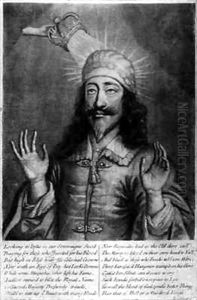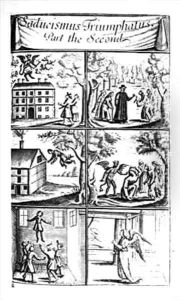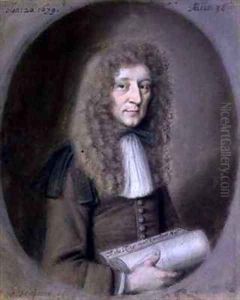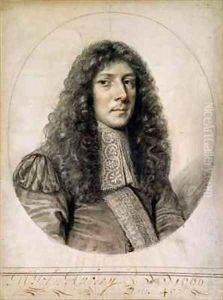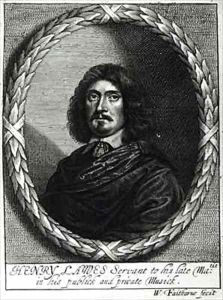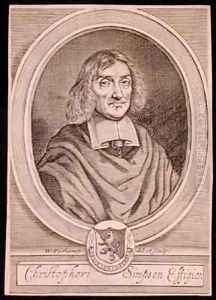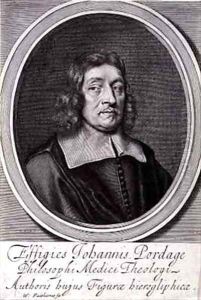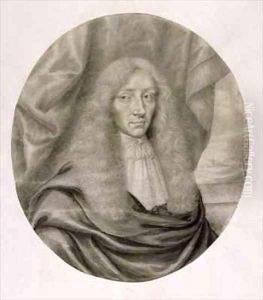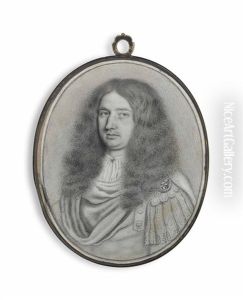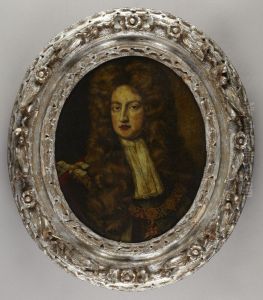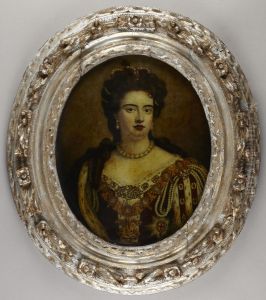William Faithorne Paintings
William Faithorne, often referred to as 'the Elder' to distinguish him from his son of the same name, was a prominent English engraver and draftsman known for his high-quality line engravings and portraits. Born in London in 1616, he was apprenticed to the renowned engraver and publisher William Peake. His early career blossomed in the environment of London's thriving print market. Faithorne's artistic talents were not confined to engraving alone; he also showed considerable skill in drawing, which added depth to his engraved works.
His career was interrupted by the English Civil War (1642–1651), during which Faithorne fought for the Royalist cause. Captured during the conflict, he was imprisoned and later exiled to France. During his time in Paris, he refined his engraving techniques under the guidance of Robert Nanteuil, a French engraver known for his exquisite portrait work. Faithorne returned to England after the Restoration of the monarchy in 1660, and his reputation grew significantly as he produced a series of portraits of notable figures from British society, including royalty, politicians, and scholars.
Faithorne's engravings are characterized by their crisp lines, attention to detail, and the expressive depiction of his subjects. He is particularly noted for his frontispieces and illustrations for books, which contributed to his commercial success and artistic prestige. His portraits are considered to be some of the finest examples of 17th-century British engraving, and they provide a valuable insight into the faces and fashions of the period.
Beyond his work as an engraver, Faithorne also wrote a manual on drawing and etching, 'The Art of Graveing and Etching,' published in 1662, which served as an important reference for artists and students. William Faithorne the Elder passed away in 1691, leaving behind a legacy that influenced the next generation of British engravers. His works continue to be appreciated for their technical mastery and historical significance.
